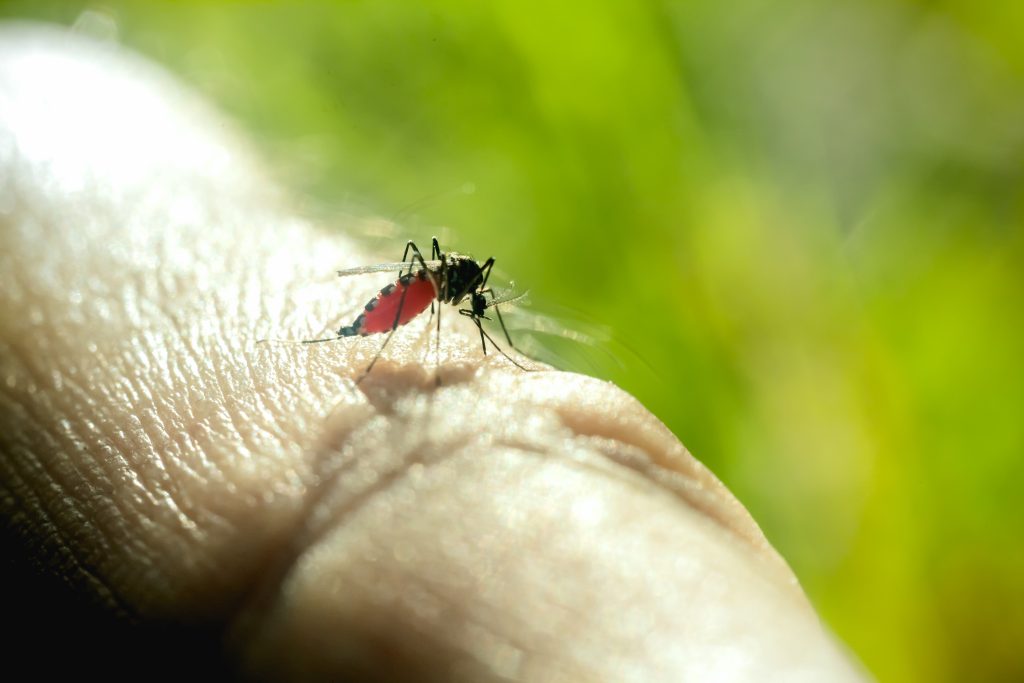Uniting For Safe, Adequate And Sustainable Blood In Africa

In 2023, the WHO African Region reported 246 million malaria cases and 569,000 deaths—accounting for approximately 94% of global cases and 95% of global deaths. Notably, 76% of these deaths occurred in children under five years old. [1]
In line with the WHO Global Technical Strategy for Malaria 2016–2030, which aims for a 75% reduction in malaria case incidence and mortality by 2025 and 90% by 2030, African countries must remain steadfast in their elimination efforts. [1] This includes strengthening healthcare systems, building resilient infrastructure, expanding technology-enabled surveillance, ensuring access to diagnosis, treatment, and prevention, and reinforcing the role of strong blood systems in malaria care.
1. Strengthening Healthcare Systems
Malaria elimination cannot be achieved within weak or fragmented health systems. Strengthening healthcare must focus on three key pillars: [2]
2. Expanding Surveillance
Robust surveillance is the backbone of effective malaria control. However, many African countries face significant challenges: [3]
As a result, only 37% of symptomatic malaria cases are captured by national systems. Modernizing these systems and achieving universal coverage is vital for elimination. [3]
3. Ensuring Universal Access to Diagnosis, Treatment, and Prevention
Eliminating malaria requires more than commitment— it demands consistent, equitable access to proven tools. Persistent gaps remain, particularly in high-burden countries. Priorities must include: [4]
Damu Sasa is a digital health innovation helping to address this challenge by transforming how blood systems function through:
Eliminating malaria in Africa requires more than increased funding, it calls for a coordinated, system-wide transformation. This includes:
As the malaria parasite continues to evolve, Africa must respond with speed, precision, and innovation. Solutions like Damu Sasa demonstrate that digital transformation can significantly strengthen health systems. With the right partnerships and strategies in place, malaria elimination is not only possible,it is within reach.
[1] World Health Organization, “World Malaria Report,” 2024. [Online]. Available: ho.int/publications/i/item/9789240104440. [Accessed May 2025].
[2] Malaria Consortium, “Global Malaria Strategy,” [Online]. Available: https://www.malariaconsortium.org/pages/malaria/global-malaria-strategy.htm#:~:text=It%20comprises%20three%20main%20pillars%3A%201%20Ensure%20access,3%20Transform%20malaria%20surveillance%20into%20a%20key%20intervention. [Accessed April 2025].
[3] T. A. A. P. C. J. P. D. B. D. L. M. A. Lourenço C, “Strengthening surveillance systems for malaria elimination: a global landscaping of system performance,” Malaria Journal, 2019.
[4] P. Winskill, “Malaria Journal,” BioMed Central, April 2019. [Online]. Available: https://malariajournal.biomedcentral.com/articles/10.1186/s12936-019-2755-5. [Accessed April 2025].
